It's hard for me to imagine my life without a microwave. Sure, I could use a kettle for tea and I could heat soup up on an ordinary cooktop, but that would take more than twice as long and require twice as many dishes.
Interestingly, according to the Southwest Museum of Engineering, Communications and Computation, the microwave oven was invented sort of by accident as a result of World War II radar research.
When an engineer who was working with microwaves noticed that a chocolate bar in his pocket was melting, it was the birth of many microwave hacks to come.
While there are plenty of things you should and can heat up in the microwave, there are also some things that you definitely shouldn't.
So before you press the "open" button on your microwave next time, make sure to be aware of these things that you most definitely should not put in the microwave:
Thumbnail: Instagram / traymelville, Flickr
How Does A Microwave Work?
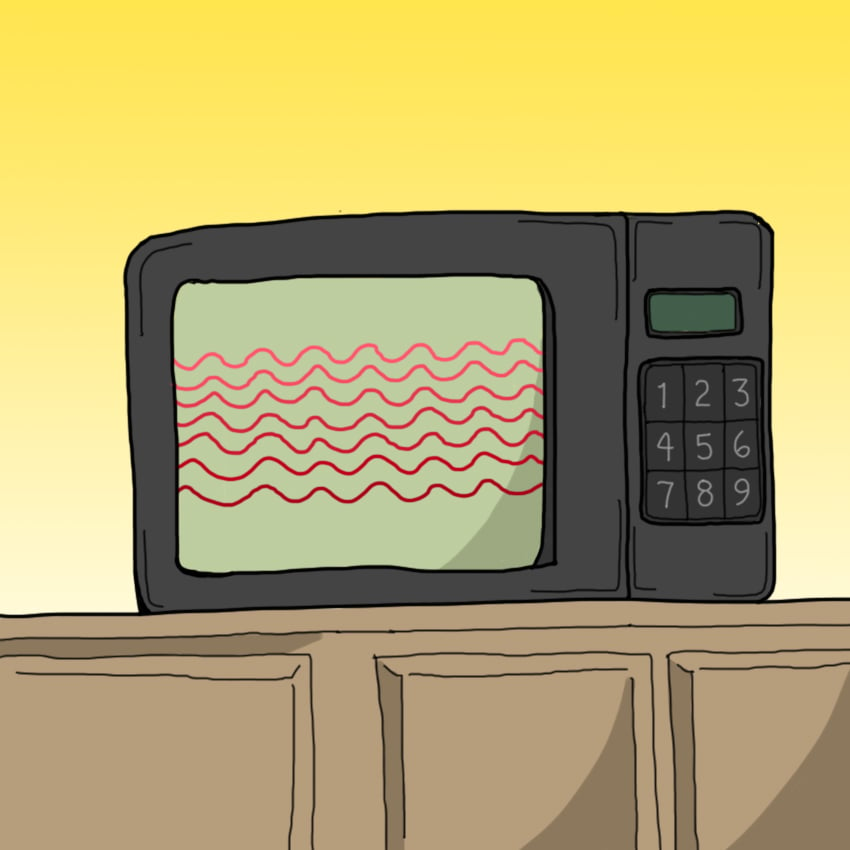
Microwave ovens are used so often, that we forget the science behind how they work.
"Microwaves" are actually waves of electromagnetic radiation. They have many uses, but we most often take advantage of the fact that they can create enough heat to cook food.
According to Business Insider, microwaves are shorter than radio waves but longer than infrared radiation.
The microwave oven converts electricity from a wall socket into an impressive 4000 volts that generate microwaves.
The microwaves in turn are set to a frequency which warms up the water molecules in food, or whatever you intend to heat up.
However, some items cannot be safely microwaved.
1. Aluminum Foil
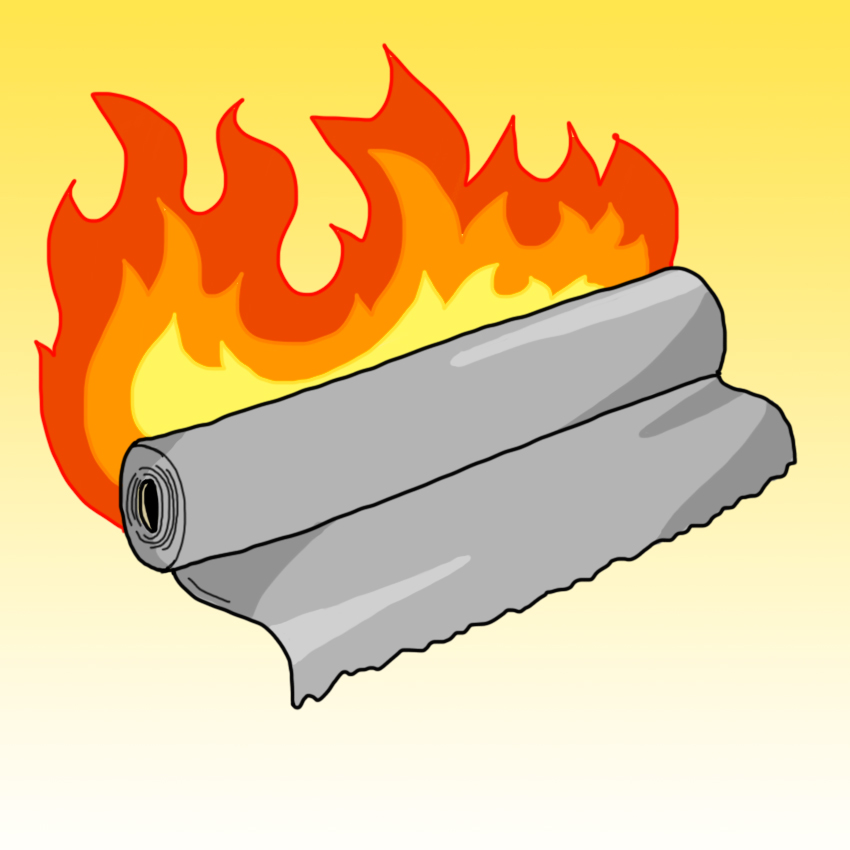
If you've ever put aluminum foil in the microwave, you've probably figured out within seconds why that's a bad idea.
Your microwave relies on its metal walls to reflect and concentrate the microwaves into your food, but thinner, sharper pieces of metal are a different story.
How Stuff Works explains that aluminum foil can't withstand the microwaves and will absorb them and heat up so quickly that it causes the foil to catch flame.
2. Grapes

Grapes probably aren't the type of thing you'd normally put in a microwave, and for good reason.
There are hundreds of videos online of people conducting at-home experiments microwaving grapes.
Dr. Rutgers tells NPR's All Things Considered show that a single grape is a special shape and size that is particularly "conducive to receiving and amplifying microwaves."
For which reason, grapes tend to explode or catch fire due to their quickly heating up.
3. Styrofoam
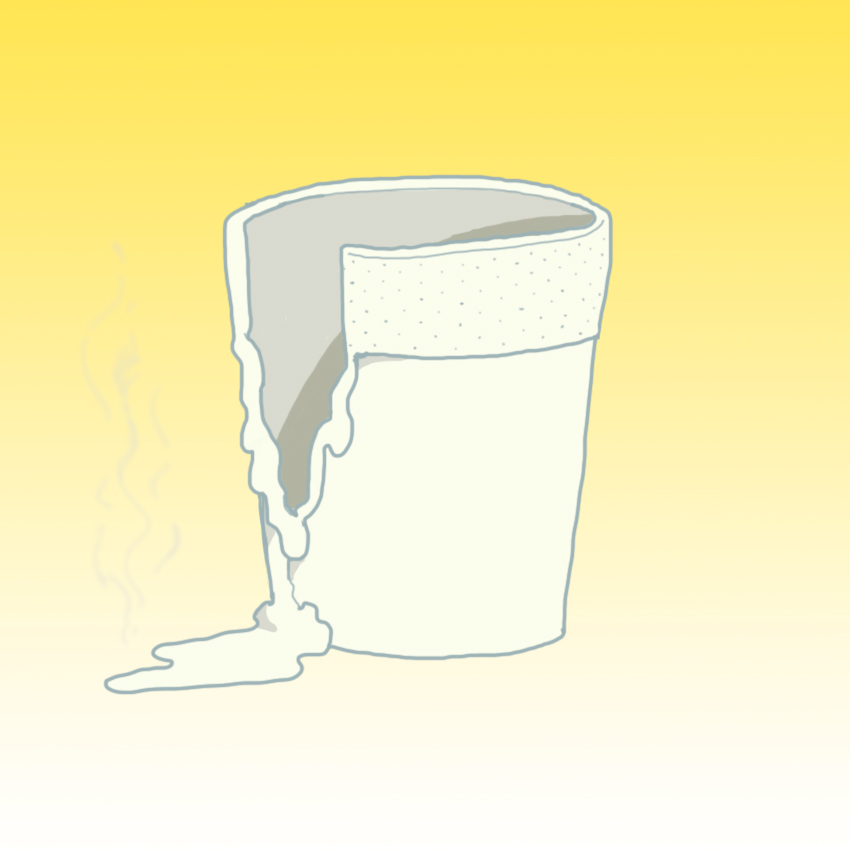
I personally have heard a lot of mixed things about whether you should microwave Styrofoam or not.
Unlike some of the substances mentioned above, a Styrofoam container will not necessarily spontaneously combust in the microwave, but that doesn't mean you should do it.
Styrofoam is a type of plastic, which means it can easily melt if heated for too long.
Even if it doesn't melt, Gadget Review reports that Styrofoam does not handle heat very well. It is made out of the plastic polystyrene, along with other materials that are carcinogenic in high volumes.
Drinking out of a Styrofoam cup won't give you cancer, but by microwaving it, some of the chemicals can leech out into the container's contents, and they are not the kind of thing you want to ingest.
4. Whole Eggs

There are a million ways to cook eggs it seems. And while the microwave is one method, you have to make sure to crack the egg first if you want a avoid a mess.
Incredible Egg reports that an egg inside its shell will heat up too quickly in the microwave and create steam inside the shell. When the shell can't take the pressure anymore, it will explode.
To avoid wasting food and time cleaning your microwave oven, make sure to crack the egg first.
5. Takeout Containers

In a perfect world, takeout boxes would be 100% microwave safe, but as you guessed, that is not the case.
Chinese takeout containers in particular are not okay to put in the microwave because of their metal handles.
The handles will explode for the same reasons a piece of aluminum foil would, so make sure to carefully remove them if you want to heat up your leftover fried rice.
6. Paper Bags
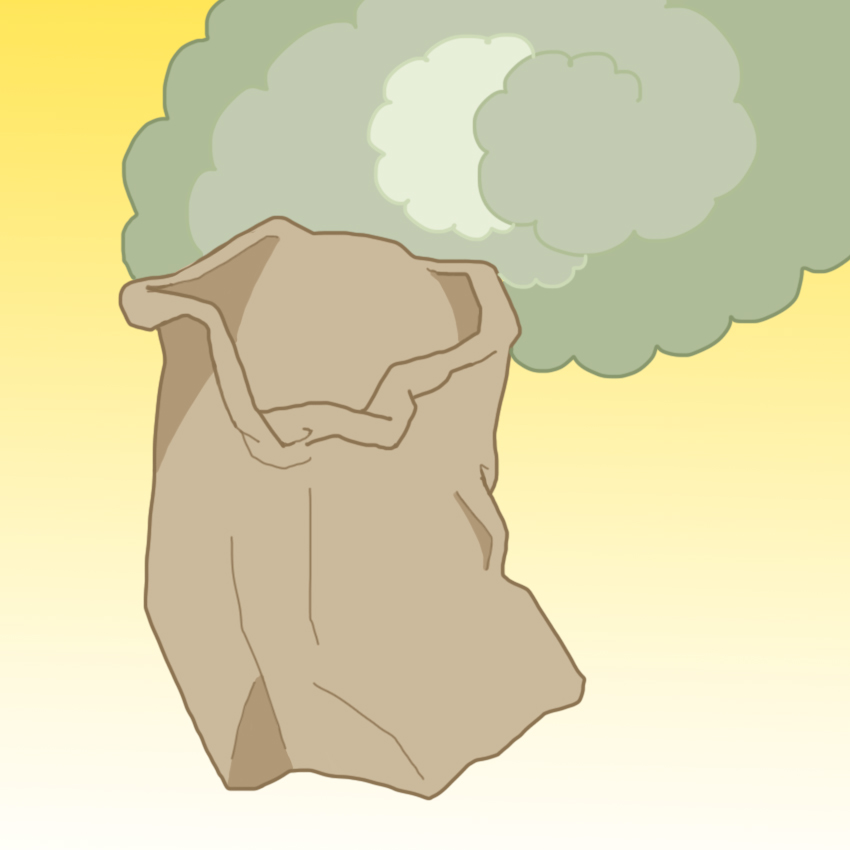
Putting something as simple as a brown paper bag in the microwave may not sound like a bad idea, but it can have some negative consequences.
The USDA warns against putting brown paper bags in the microwave because they are not sanitary, can emit toxic fumes, start a fire, and can contaminate your food.
7. Hot Peppers
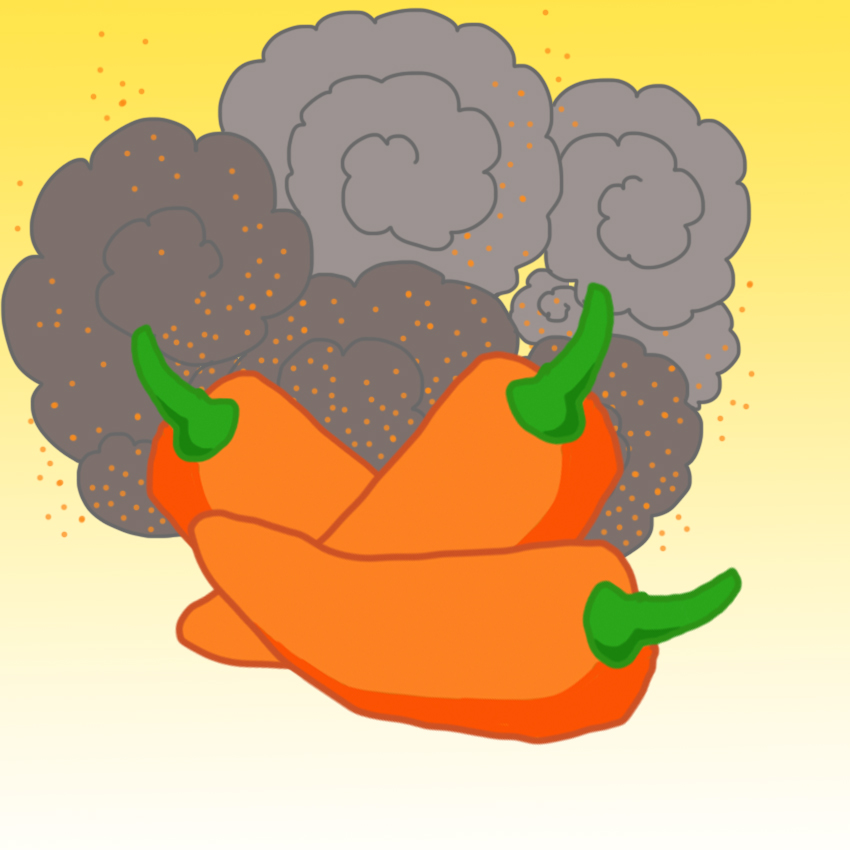
Like whole eggs, peppers also have some empty space inside of them in which steam will build up. This causes the pepper to smoke.
What is especially unpleasant about a smoking pepper is that the steam will be spicy and irritate your eyes and throat.
Make sure to SHARE this useful information with your friends on Facebook!




